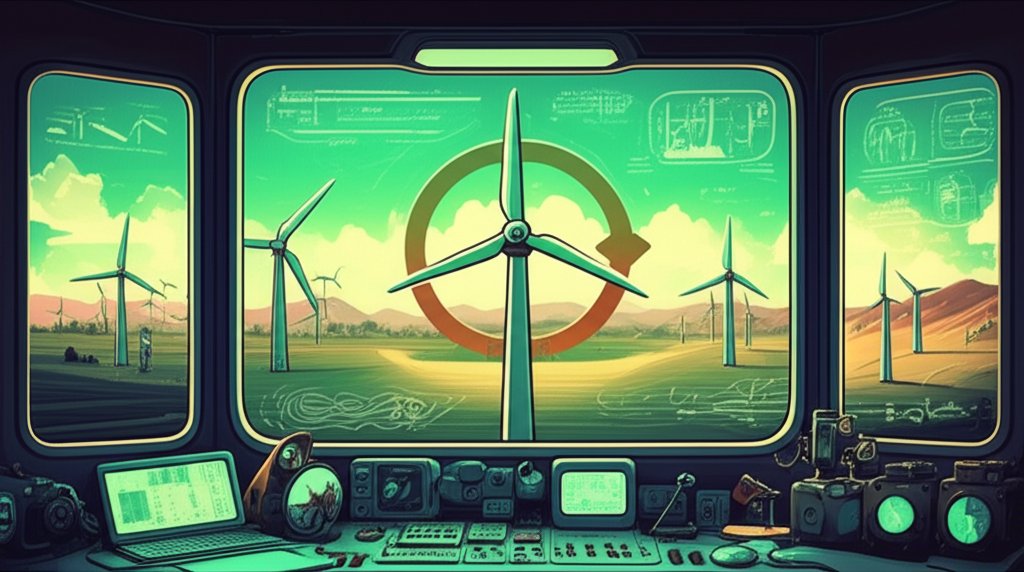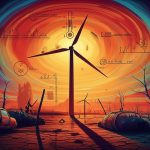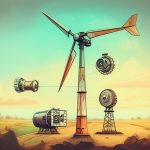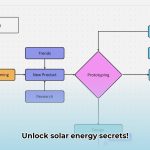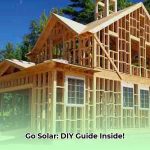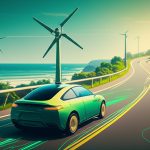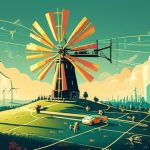Choosing the right wind turbine design is like picking the right tool for a job. While both horizontal axis wind turbine and vertical axis wind turbine designs harness the wind’s power, they do so in fundamentally different ways, making each suitable for various applications and environments. Understanding these differences is crucial for maximizing energy capture and minimizing long-term costs.
At a glance:
- Compare the core design and operational differences between horizontal axis (HAWTs) and vertical axis wind turbines (VAWTs).
- Evaluate the strengths and weaknesses of each type for diverse environments, from open fields to urban settings.
- Learn about practical considerations for selecting the best turbine type based on factors like efficiency, cost, maintenance, and noise.
- Address common misconceptions about VAWTs, including performance compared to HAWTs.
- Access a quick-start guide to assess your wind energy needs and select the appropriate turbine configuration.
Unpacking the Core Difference: Axis Orientation
The primary distinction between a horizontal axis wind turbine and a vertical axis wind turbine is, unsurprisingly, the orientation of the rotor shaft. HAWTs, the more familiar design, feature a rotor shaft parallel to the ground, resembling a traditional windmill. VAWTs, on the other hand, have a rotor shaft perpendicular to the ground, spinning like a merry-go-round. This single difference dictates many other crucial characteristics.
Horizontal Axis Wind Turbines (HAWTs): The Industry Standard
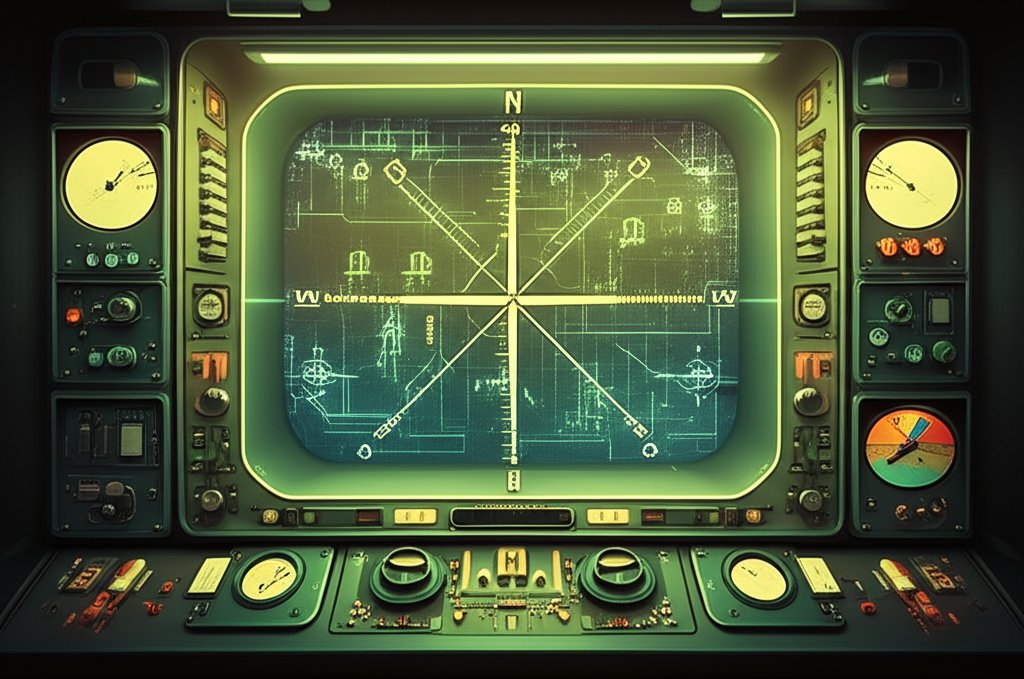
HAWTs dominate the commercial wind energy landscape for a reason: they generally offer higher efficiency. Here’s why:
- Aerodynamic Efficiency: HAWT blades are designed as airfoils, similar to airplane wings. As wind flows across the blade, a pressure difference creates lift, which spins the rotor. Modern HAWTs can convert 40-50% of wind energy into electricity.
- Tower Height Advantage: The tall towers used by HAWTs allow them to access stronger, less turbulent winds. Wind speed typically increases with height, leading to greater energy capture.
- Yaw Control: HAWTs incorporate a yaw system that actively rotates the nacelle (the housing containing the generator and other components) to face the wind, maximizing energy production.
However, HAWTs also have drawbacks: - Visual Impact: Their large size and prominence can be visually intrusive, leading to aesthetic concerns in some communities.
- Noise: HAWTs can generate noise, although modern designs are quieter than older models.
- Maintenance Complexity: The nacelle, containing the generator and gearbox, is located high atop the tower, making maintenance more challenging and expensive.
- Transportation and Installation: Transporting and installing large HAWT components requires specialized equipment and expertise.
Example: A large-scale wind farm using HAWTs can power thousands of homes, but its visual impact may raise concerns among nearby residents.
Vertical Axis Wind Turbines (VAWTs): An Alternative Approach
VAWTs offer a different set of advantages, particularly in specific environments:
- Omnidirectional Wind Capture: VAWTs can accept wind from any direction without needing a yaw system, making them suitable for turbulent or gusty wind conditions.
- Ground-Level Maintenance: The generator and gearbox in VAWTs can be located at ground level, simplifying maintenance and reducing costs.
- Aesthetics: Some VAWT designs are considered more aesthetically pleasing than HAWTs, particularly for urban settings.
However, VAWTs also have limitations: - Lower Efficiency: VAWTs generally have lower efficiency than HAWTs, typically around 40% maximum. This is because some blades are always moving against the wind.
- Starting Torque: Some VAWT designs, like Darrieus turbines, require external power to start spinning.
- Durability: Certain VAWT designs can experience significant stress on the blades, leading to potential fatigue and reduced lifespan.
There are two primary VAWT designs: - Darrieus Turbines: These use curved blades attached to a vertical shaft, generating lift as the wind passes. Their “eggbeater” shape is distinctive.
- Savonius Turbines: These use scoop-shaped blades to capture wind, relying on drag forces to rotate the shaft. They are less efficient but simpler and more reliable.
Example: A small Savonius VAWT on a building rooftop can generate electricity for local consumption without the need for complex directional adjustments.
HAWT vs. VAWT: A Head-to-Head Comparison
| Feature | Horizontal Axis Wind Turbine (HAWT) | Vertical Axis Wind Turbine (VAWT) |
|---|---|---|
| Efficiency | Higher (40-50%) | Lower (up to 40%) |
| Wind Direction | Requires yaw system to face the wind | Omnidirectional; accepts wind from any direction |
| Maintenance | More complex; components located high on the tower | Simpler; components located at ground level |
| Cost | Generally lower cost per kilowatt of energy produced | Higher cost per kilowatt of energy produced |
| Noise | Can generate noise, but modern designs are quieter | Generally quieter than HAWTs |
| Visual Impact | Can be visually intrusive due to size and prominence | Can be more aesthetically pleasing, especially in urban areas |
| Applications | Large-scale wind farms, utility-scale electricity generation | Distributed generation, urban environments, off-grid applications |
Practical Playbook: Choosing the Right Turbine
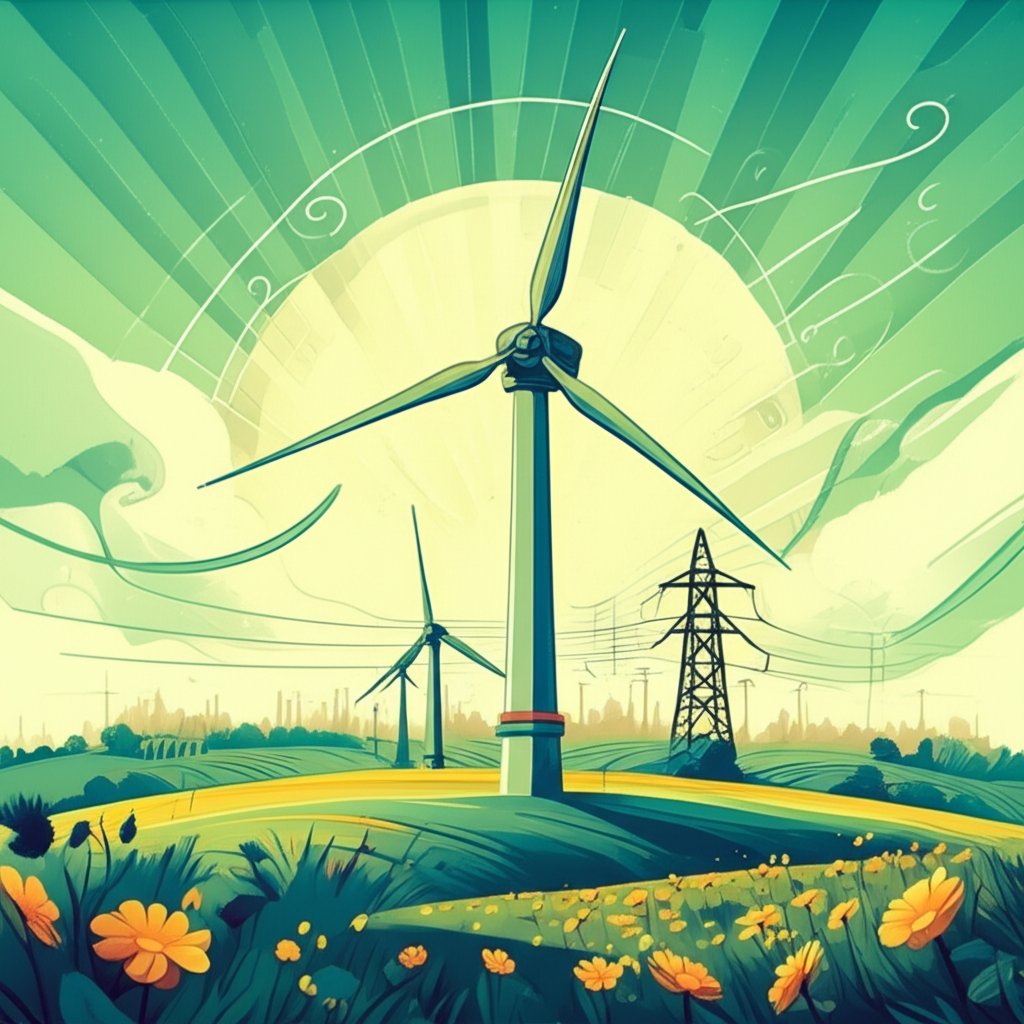
Selecting the right wind turbine type requires careful consideration of your specific needs and circumstances. Here’s a step-by-step guide:
- Assess Your Energy Needs: Determine your electricity consumption to estimate the required turbine size and power output.
- Evaluate Wind Resources: Analyze wind speed and direction data for your location. Consider turbulence, gust patterns, and average wind speeds at different heights.
- Consider Site Constraints: Account for space limitations, zoning regulations, noise restrictions, and visual impact concerns.
- Factor in Costs: Compare the initial investment, installation costs, maintenance expenses, and potential energy savings for both HAWTs and VAWTs.
- Review Environmental Impact: Assess the potential impact on wildlife, habitats, and the surrounding landscape.
- Consult with Experts: Seek advice from wind energy professionals to evaluate your specific site and needs.
Implementation Tip: Use online wind resource maps and anemometer data to accurately assess wind conditions at your location.
You can find further details about the core components, such as rotor blades and nacelles, mentioned in this comparison article by referring to Essential wind turbine components.
Quick Answers: Addressing Common Questions
Q: Are VAWTs always less efficient than HAWTs?
A: While VAWTs generally have lower peak efficiency, their ability to capture wind from any direction can make them more effective in turbulent environments. In specific scenarios, a well-designed VAWT can outperform a poorly positioned HAWT.
Q: Are VAWTs always quieter than HAWTs?
A: In most cases, yes. The blade design and slower rotational speeds often contribute to lower noise levels in VAWTs. However, specific designs and operating conditions can affect noise levels.
Q: Can I install a HAWT in an urban area?
A: While technically possible, it’s generally not recommended due to space limitations, noise concerns, and visual impact. VAWTs are often a better choice for urban wind energy applications.
Q: What is the lifespan of a HAWT vs. a VAWT?
A: The lifespan depends on the quality of construction and maintenance, but HAWTs typically have a lifespan of 20-30 years, while VAWTs may have a slightly shorter lifespan due to potential stress on the blades in certain designs.
Actionable Close: Making the Right Choice
Ultimately, the choice between a horizontal axis wind turbine and a vertical axis wind turbine comes down to a careful evaluation of your specific needs and circumstances. HAWTs remain the dominant choice for large-scale wind farms due to their higher efficiency and lower cost per kilowatt. However, VAWTs offer unique advantages in urban environments, distributed generation applications, and situations where omnidirectional wind capture is essential. By understanding the strengths and weaknesses of each design, you can make an informed decision that maximizes your wind energy potential.
- How to Generate Electricity from Water at Home for Off-Grid Power - December 6, 2025
- Small Scale Hydropower Brings Sustainable Energy to Rural Areas - December 5, 2025
- Wind Energy Vehicle: Cars Powered by Wind—The Future is Near? - December 5, 2025
